
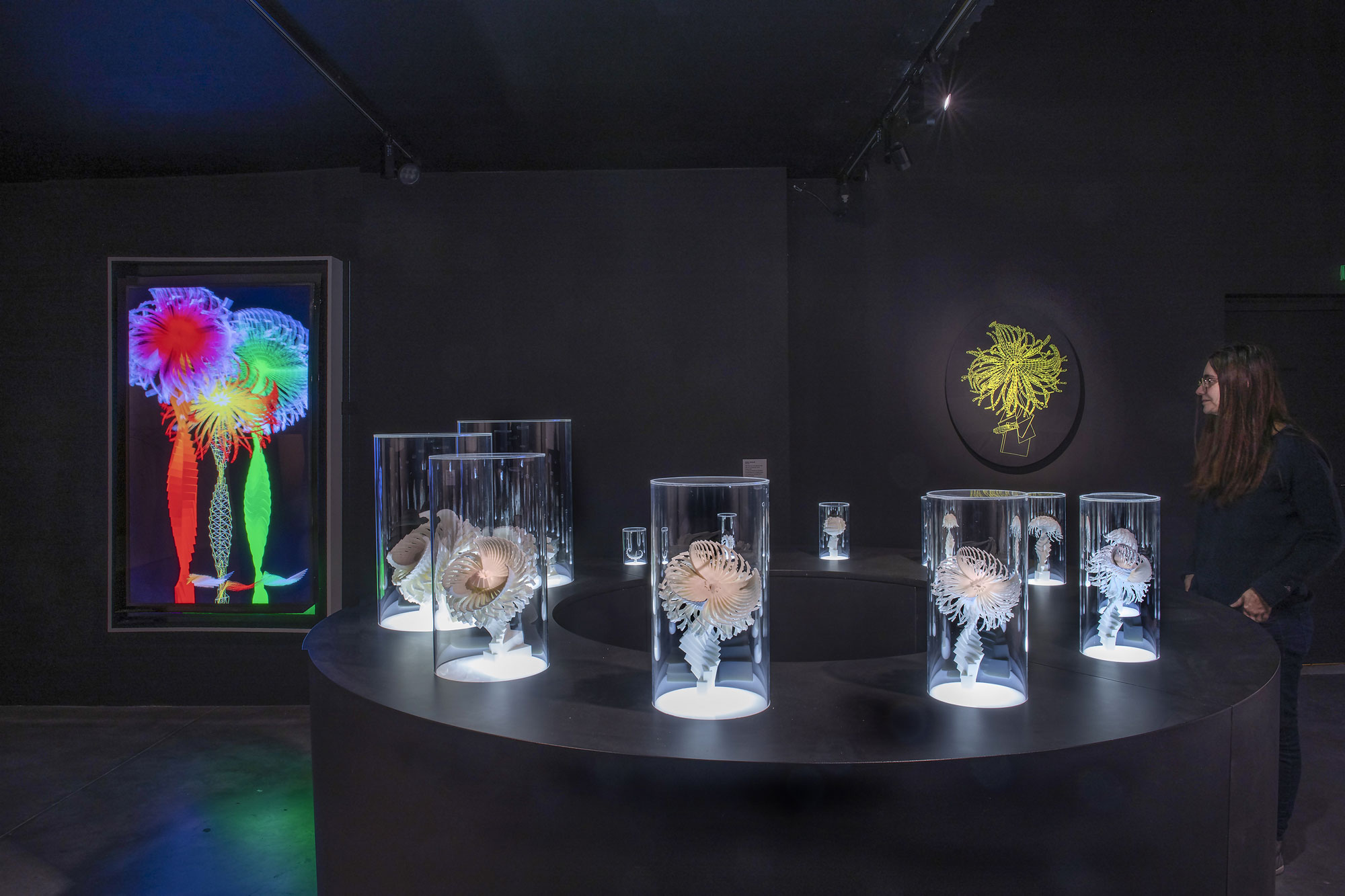
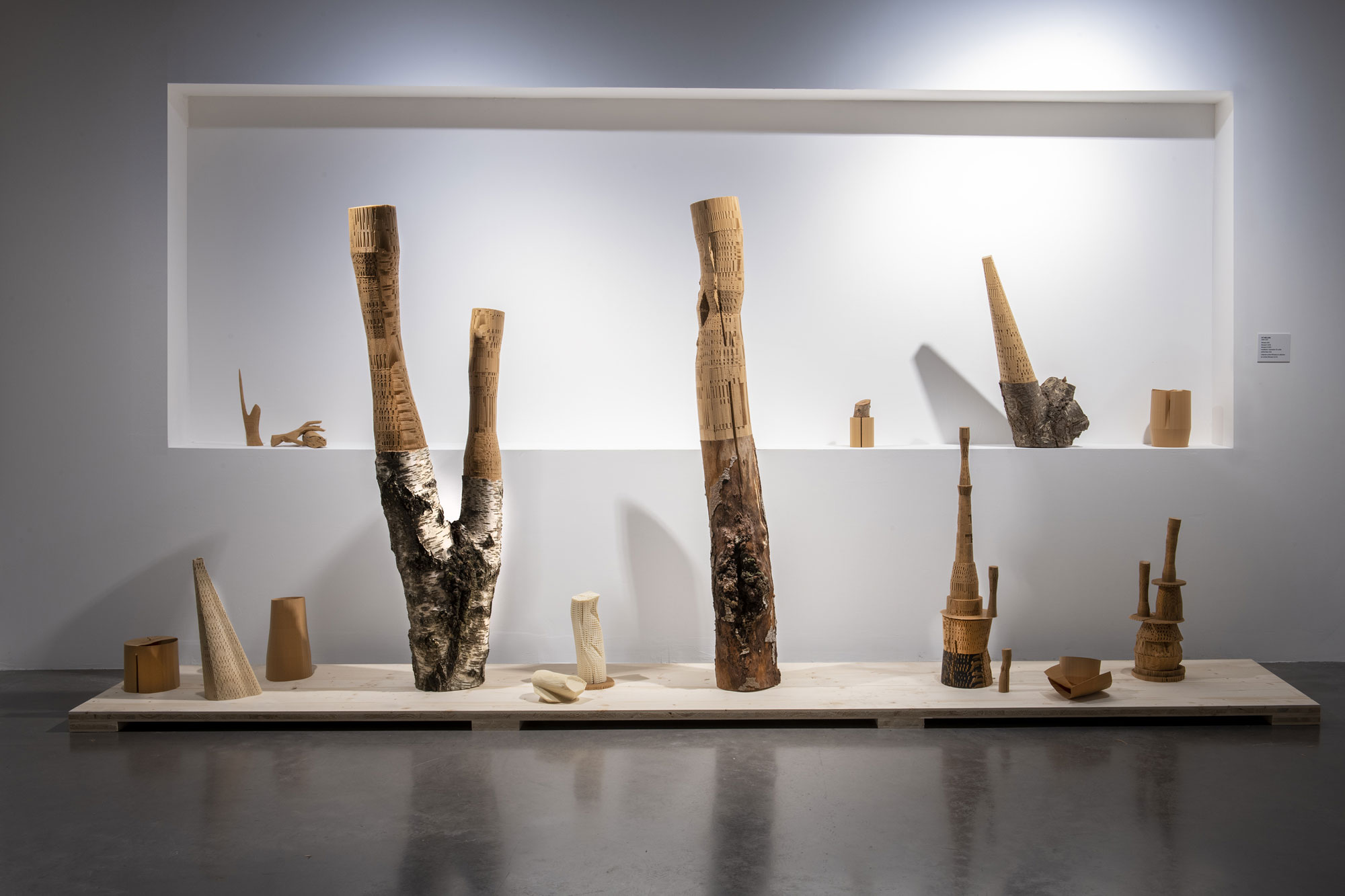
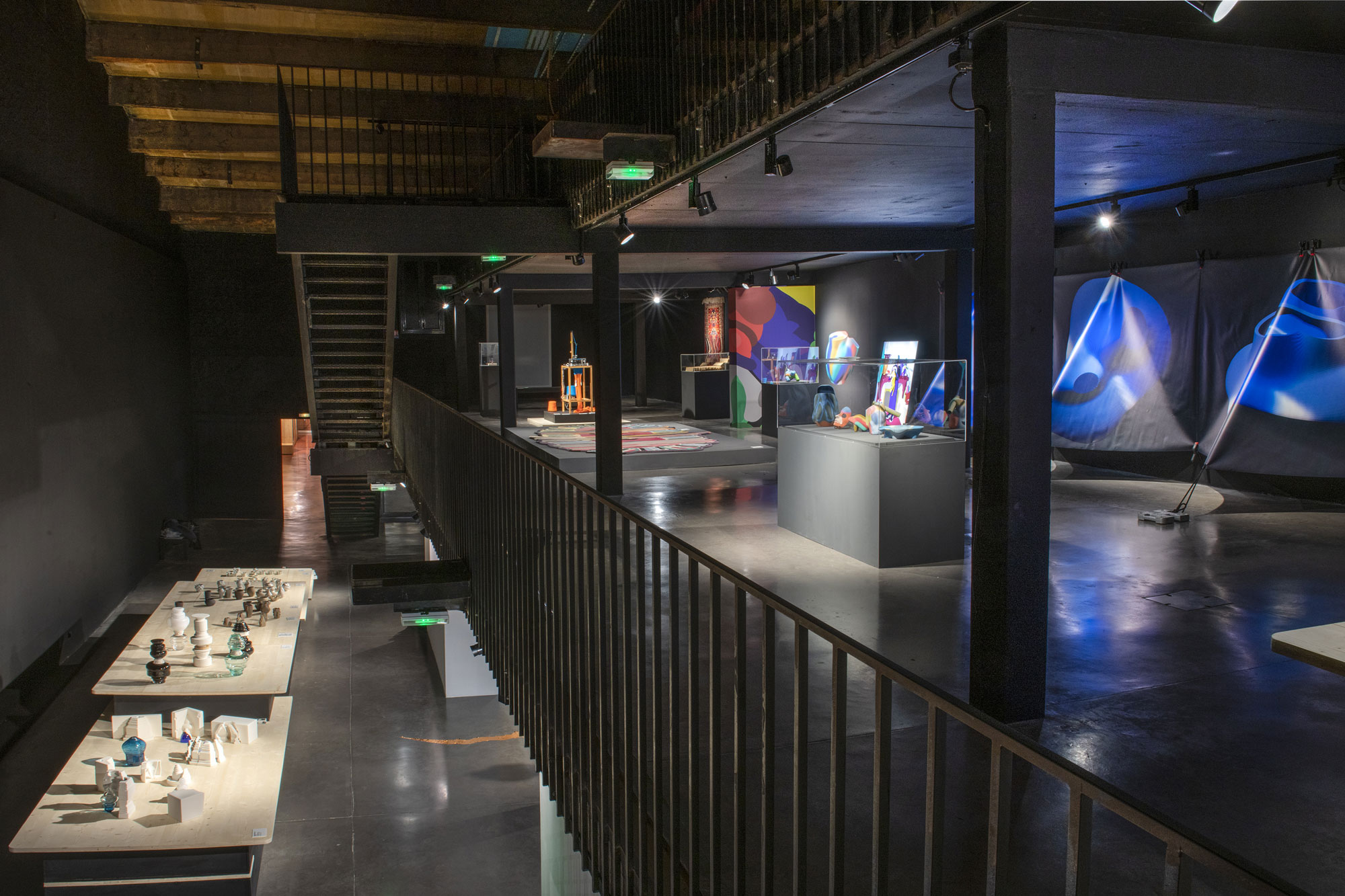
Plein Sud: What are you up to these days?
Hervé Di Rosa: I'm in the Basque country, staying with my wife. For once, I'm not working. A few days ago, I was in Paris to prepare an exhibition dedicated to me at the Centre Pompidou, in February 2024. I'm also working on another event scheduled for February 2025. I'll be staging objects from the Mucem folk art collection in Marseille, along with my paintings and sculptures.
PS: In Paris at the moment, Galerie Huberty & Breyne presents BDiROSA. What's it all about?
HDR: A series of monochrome paintings that pay homage to the Belgian and American comics that nurtured me during my youth.
PS: Which comic book character would you have liked to be?
HDR: As a kid, I was a big fan of the private detective Gil Jourdan. I would also have loved to have been Johnny Storm, a.k.a. the Human Torch in Fantastic 4.
PS: Why did you become an artist?
HDR: Because I didn't know how to do anything else. I had a passion for drawing, so I turned to comics. When I arrived at the École Nationale Supérieure des Arts Décoratifs, in Paris, in 1978, I did the rounds of the magazines. Georges Wolinski, who became my friend, was editor-in-chief of Charlie Mensuel. He published me twice and told me: "It's badly drawn, paint it". I was lucky, because by 1979 I was selling my paintings. I was lucky. My parents were workers, so I had to get by on my own.
PS: Since then, you've been trying to tell a different story about painting...
HDR: I'll be curating an exhibition on "commercial art" for the MIAM in Sète in June 2024. This type of painting, long considered old-fashioned, was very popular in supermarkets. Today, many artists are seizing on this style, including Americans Lisa Yuskavage and John Currin. The exhibition will be called Hors cadre, another history of painting. In particular, we'll be discovering works by Margueret Kean, famous for her big-eyed characters, whose biopic Big Eyes was directed by Tim Burton.
PS: Is curiosity a bad habit?
HDR: No, it's a quality. Every day, I deplore our cultural elites, who don't have much of it. I'm always on the alert. You can't let yourself get locked into certainties.
PS: Through your various travels around the world, you've acquired many techniques. Which one have you never tried?
HDR: I want to do marquetry, wood, hard stones. I tried it in Colombia, but it didn't work out. I'd like to do lacquer again in Vietnam. I haven't worked much with metal. For a long time, artists looked down on handicrafts. Today, everyone's getting into it.
PS: A disc for working to music?
HDR: I listen to France Culture. To paint, I need emptiness.
PS: What is MIAM's DNA?
HDR: MIAM is based on three pillars: paying tribute to the art that surrounds us and that I call "modest" (figurines, toys, objects of consumer society), presenting artists that we don't see elsewhere, and making contemporary art accessible to neophytes by focusing on themes and contextualizing works.
PS: If MIAM were a dish?
HDR: It would be a kind of bouillabaisse. A popular dish that's become chic. Please note that bouillabaisse from Sète has nothing in common with that from Marseille.
PS: This summer's exhibition presents the transformation of computer code into matter. Do you have to be a geek to visit "Fait Machine"?
HDR: Not even close. I can barely answer an e-mail and this exhibition fascinated me. We discovered 3D printers that use materials like wool and glass. With very little, young artists have imagined socks that knit themselves, for example. Geeks will find this fascinating. So will people like me. This exhibition will appeal to do-it-yourselfers.
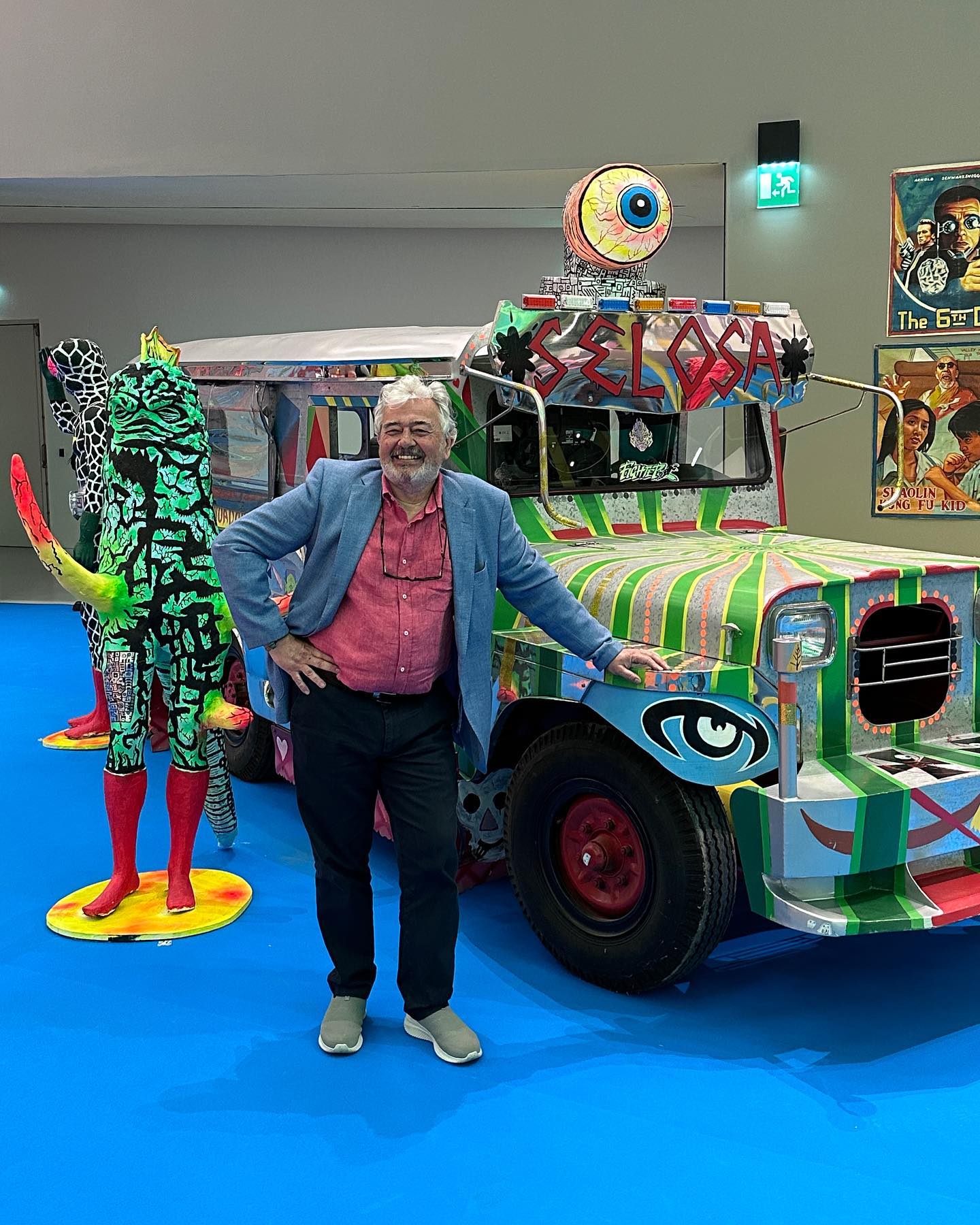
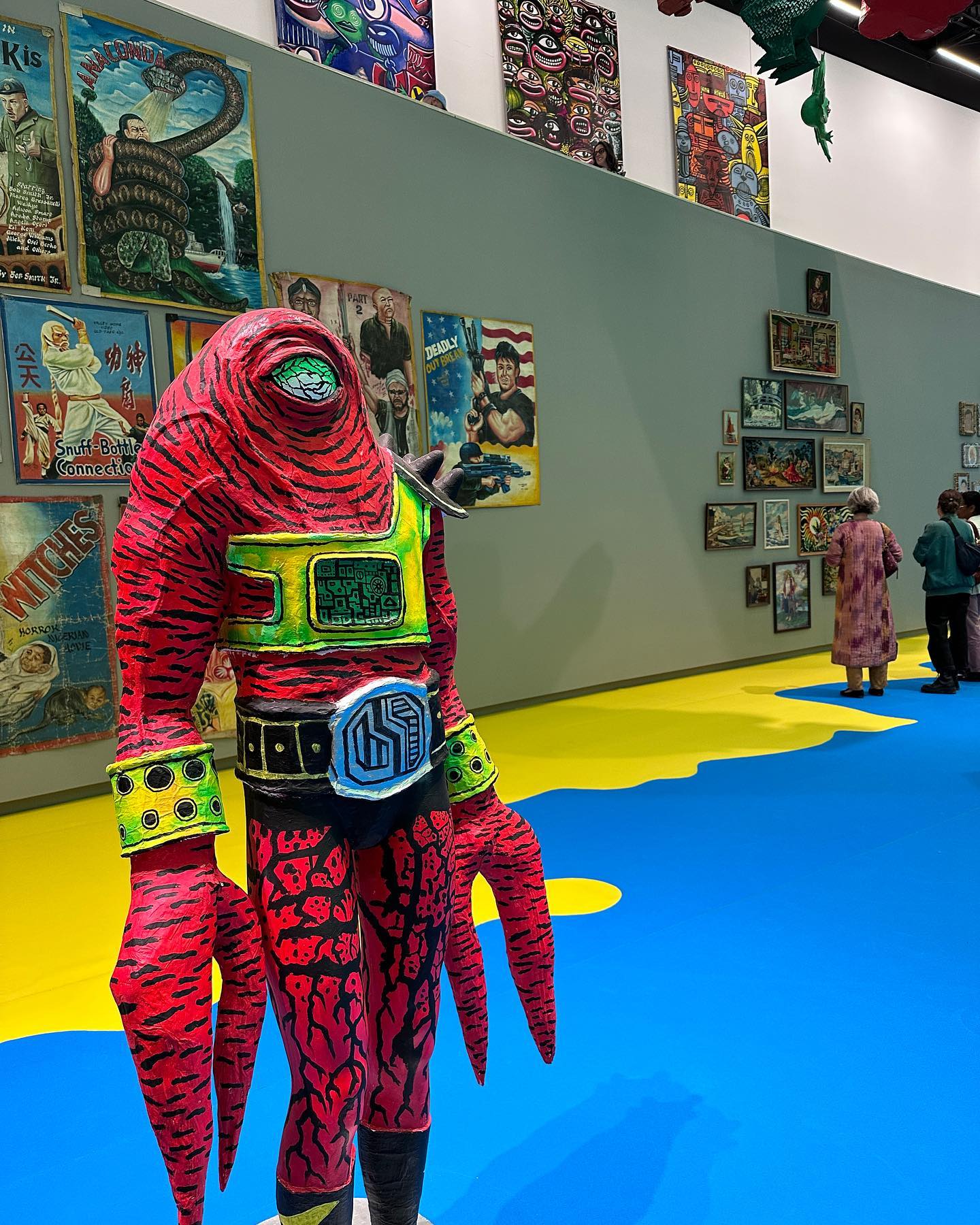
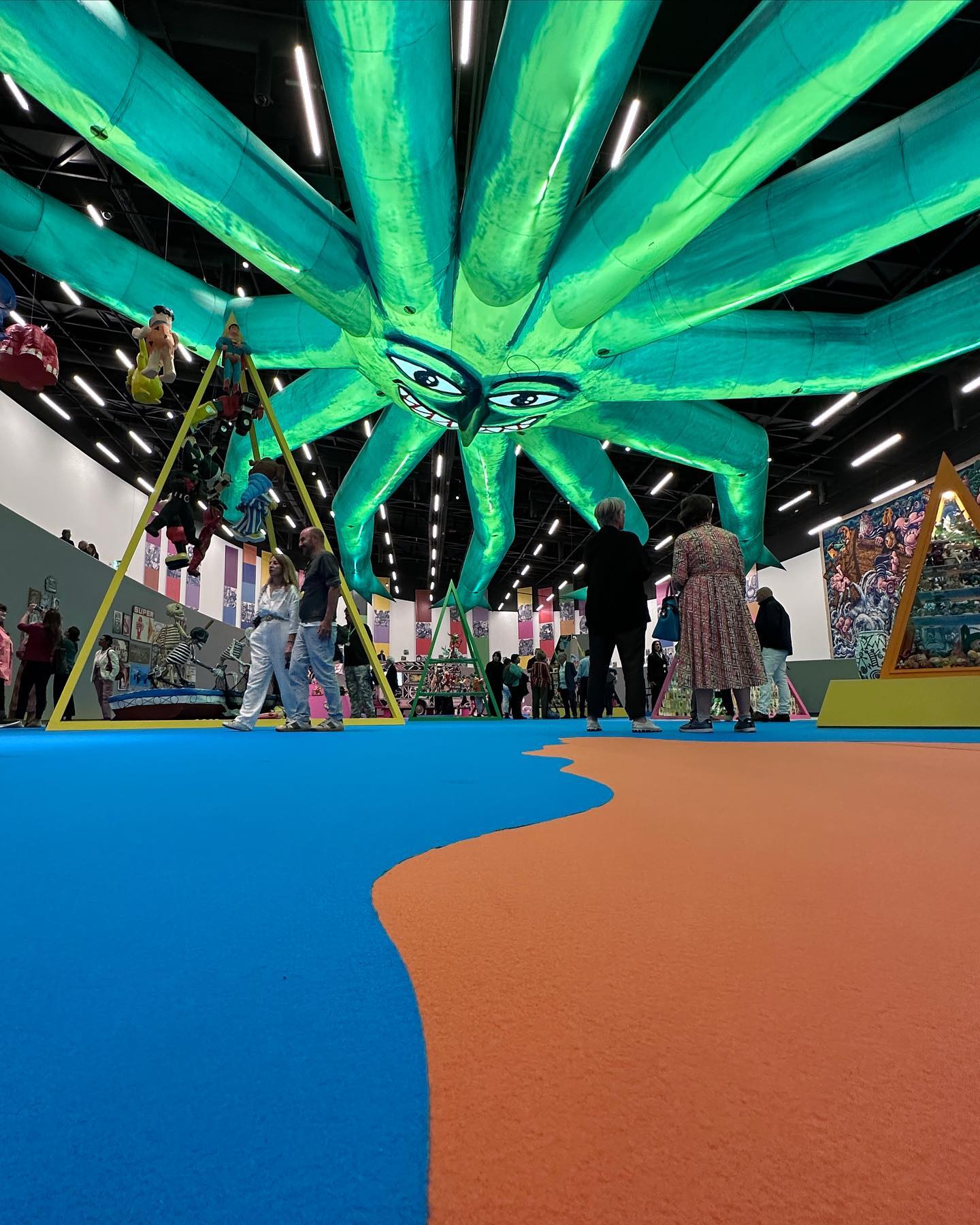
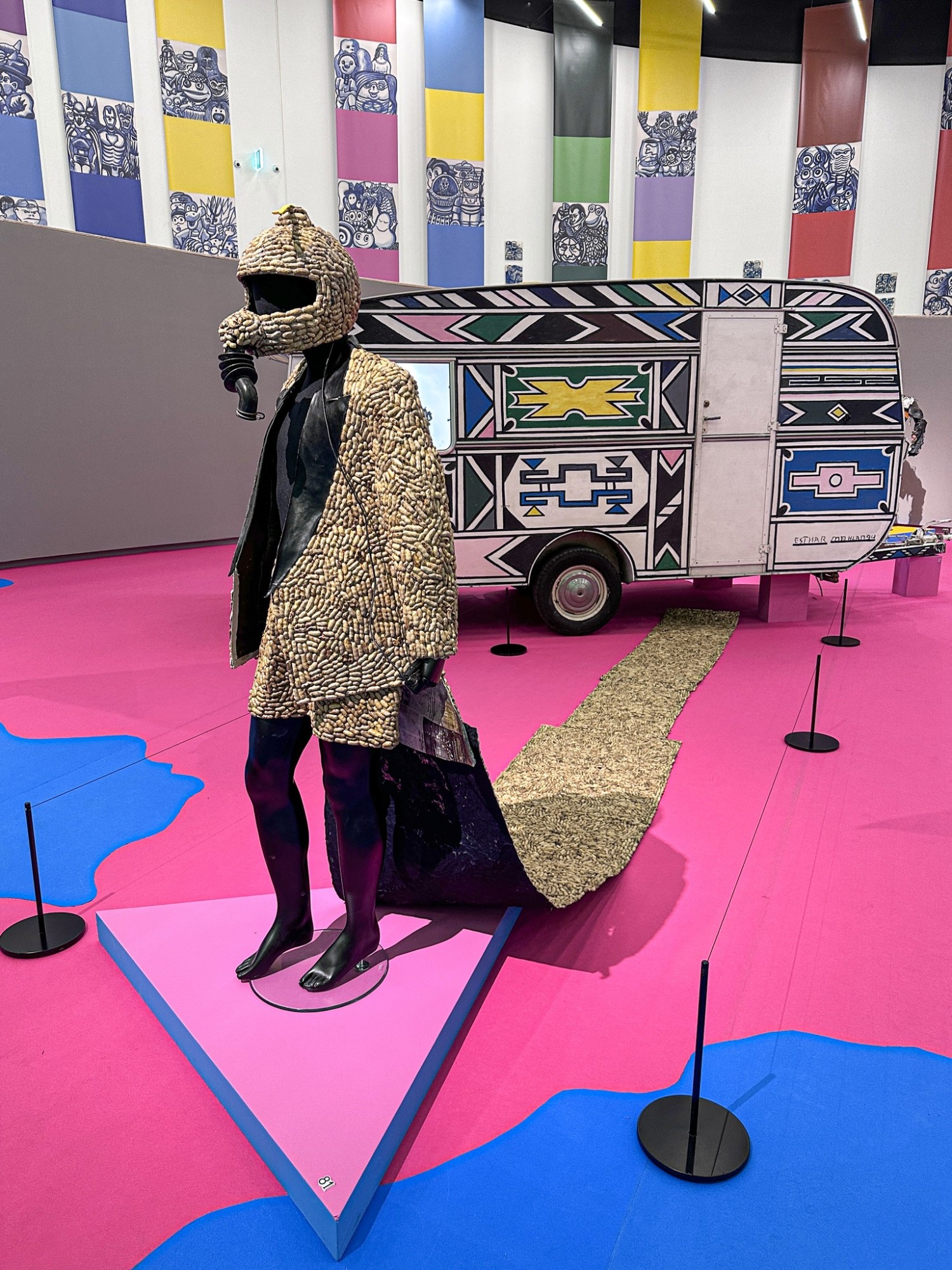
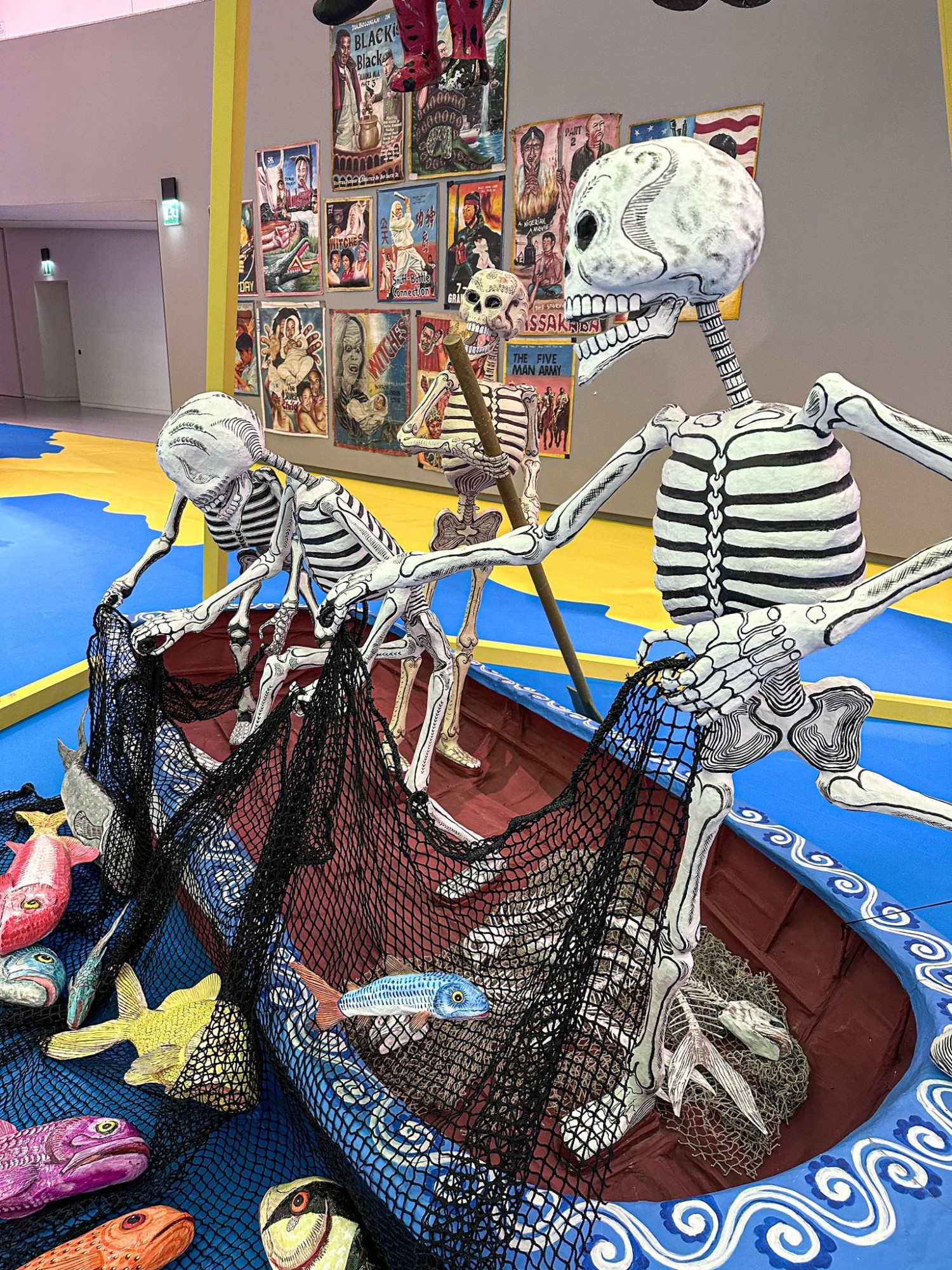
Fait Machine, Musée International des Arts Modestes (MIAM), Sète. → 12.11.23
Archipelago Hervé Di Rosa, Musée d'Art, Architecture et Technologie de Lisbonne → 11.09.23